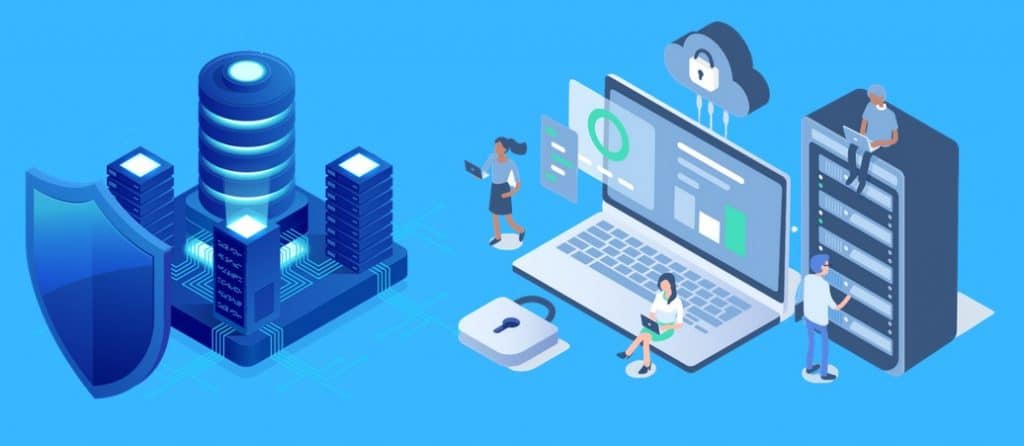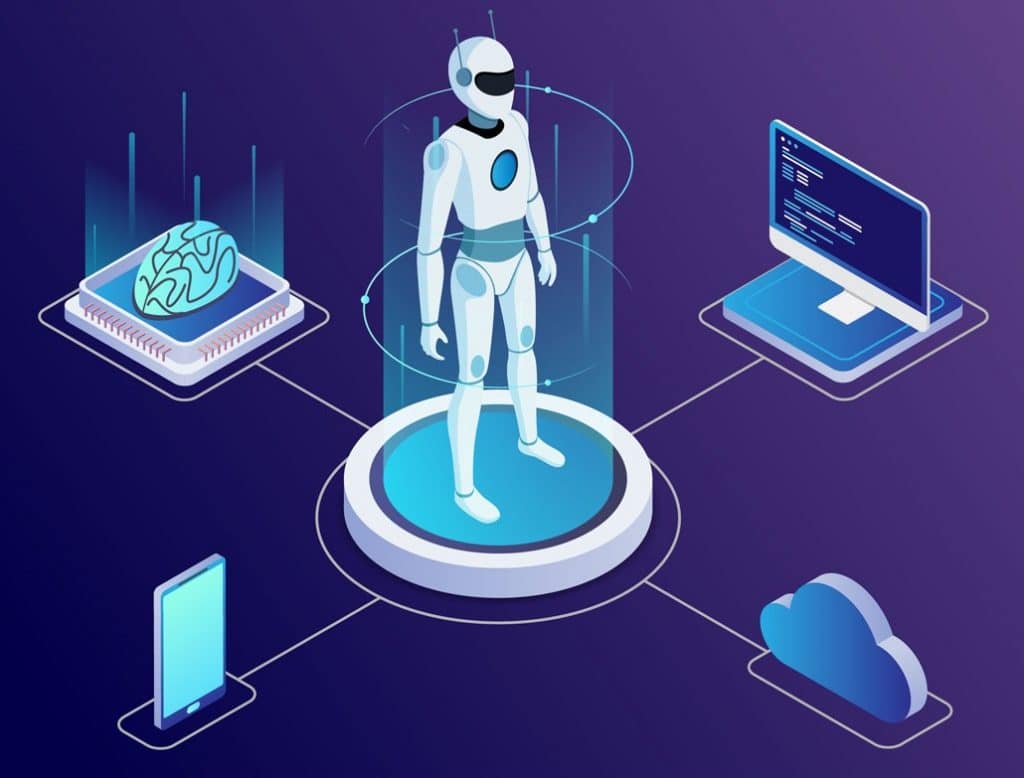AI is one of the top trends, but not the only trend in server management. Here are the top server management trends in custom software development today.
1. More Emphasis on Server Security
More than ever, data security is a top concern for IT managers. The focus is now on ensuring that servers are protected from external breaches. The migration from traditional physical servers to cloud servers brought about security concerns. Virtual server hosting gives a false sense of security while in real sense, the servers are more vulnerable to cyberattacks. There is an offshore software development company said that, 2022 onwards, they are witnessing increased focus and solutions for enhancing server security. Beyond adjusting the architectural design of a server, we also see more security solutions such as more robust firewalls setup and maintenance, multiple authentications and use of intrusion detection systems, among others.
2. Deeper Compartmentalization
Compartmentalization involves the use of multiple perimeter protection layers to isolate information and prevent unauthorized access. The concept is guided by the need to limit access to specific information to entities based on their need for the information and the task. The fewer the number of people who can access a particular set of data, the more secure it will be. Today, this concept of compartmentalization is increasingly applied in server management. And beyond increasing the security stands, it also helps speed up server functionality by reducing the mutual influence of the independent server and data components on each other.
3. Up-skilling and Re-skilling of Workforce
The emergence of new disruptive technologies renders old skills redundant. As IT continues to transform server management, it is becoming increasingly important and necessary for business entities to upskill and re-skill their workforce for optimal leveraging of these modern technologies. For instance, skills in data analytics are essential for proper interpretation and of insights from organizational data. This means that every IT engineer and server operator need to be proficient in data analytics. The bottom line is, moving forward, up-skilling and re-skilling the workforce will not be an option but a necessity.
4. Data-Driven Insights
Every business knows that data is important. The use of data to inform business operations is not a new concept. However, with the emergence of data analytics and powerful technologies such as machine learning and AI, businesses are relying on data for their scalability. These robust computing solutions are capable of pointing out weaknesses in your overall business model and identify optimal ways of responding to the ever-changing demands of your customers.
5. AI for Spotting Server Issues and Load Management
With Artificial Intelligence, you can automate your server performance and security. With this technology, it is easier and faster to detect compatibility issues; thus, server admins can address any anomalies before they manifest. As more discovery is made on the use of AI in server management, it should soon be possible to predict and detect malicious attacks and access breech. Load balancing using AI is also gaining traction in 2022. Big companies are already leveraging on this to optimize their operations. Load balance entails automatic distribution of the workload evenly to prevent overload that slows down server performance. Moving forward, we are going to see more automated load balancing in server management.
6. Mobile Computing
Virtual offices are not a common thing, especially in 2022 where the pandemic has brought with it restrictions in movement. While cloud servers already set the stage for remote access to servers from anywhere in the world, today, sturdier products are being designed to enable access to servers regardless of the type of internet connectivity. Servers are now being designed to accommodate mobile computing. We are seeing more servers being redesigned to allow access from desktops and sturdy mobile devices alike. With remote working becoming a way of life, we are going to see more efforts being directed towards reengineering servers to be friendlier for mobile computing.
7. Server Management Outsourcing
For small and medium-sized businesses that may not have sufficient resources to set up and manage an in-house IT staff, outsourcing is the most convenient option for them. Over the last decade, the software outsourcing industry has grown tremendously, and this trend is not slowing down soon. Server management outsourcing allows businesses to leverage on the latest IT infrastructure while keeping their costs low. Interestingly, even large organizations and companies are also outsourcing server management solutions. This suggests that more companies and brands, regardless of their scale of operations, will be opting for server management outsourcing in going forward.
8. Regulations
With increasing security concerns over data breach, we are seeing governments taking more action to safeguard data. Recently, governments have been enforcing more policies and regulations that organizations have to subscribe to. As awareness of server security increases, governments are likely to enforce more compliance rules for businesses and companies.
Final Thoughts
There exist limitless opportunities in server management, especially with the rapid evolution and integration of new technologies. Businesses and brands need to stay up to date with the current developments in server management and leverage on the opportunities these technologies present to win over the market, scale up operations and maximize profits.






